Selling clothes on Amazon can be profitable for individuals and companies alike. With the right strategy, sellers can tap into Amazon’s vast customer base and increase their sales exponentially.
Research to Sales. Selling Clothes on Amazon
In this guide, we will cover everything you need to know about how to sell clothes on Amazon, including setting up your account, listing your products, optimizing your listings, and more. Why Sell Clothes on Amazon
Why Sell Clothes on Amazon?
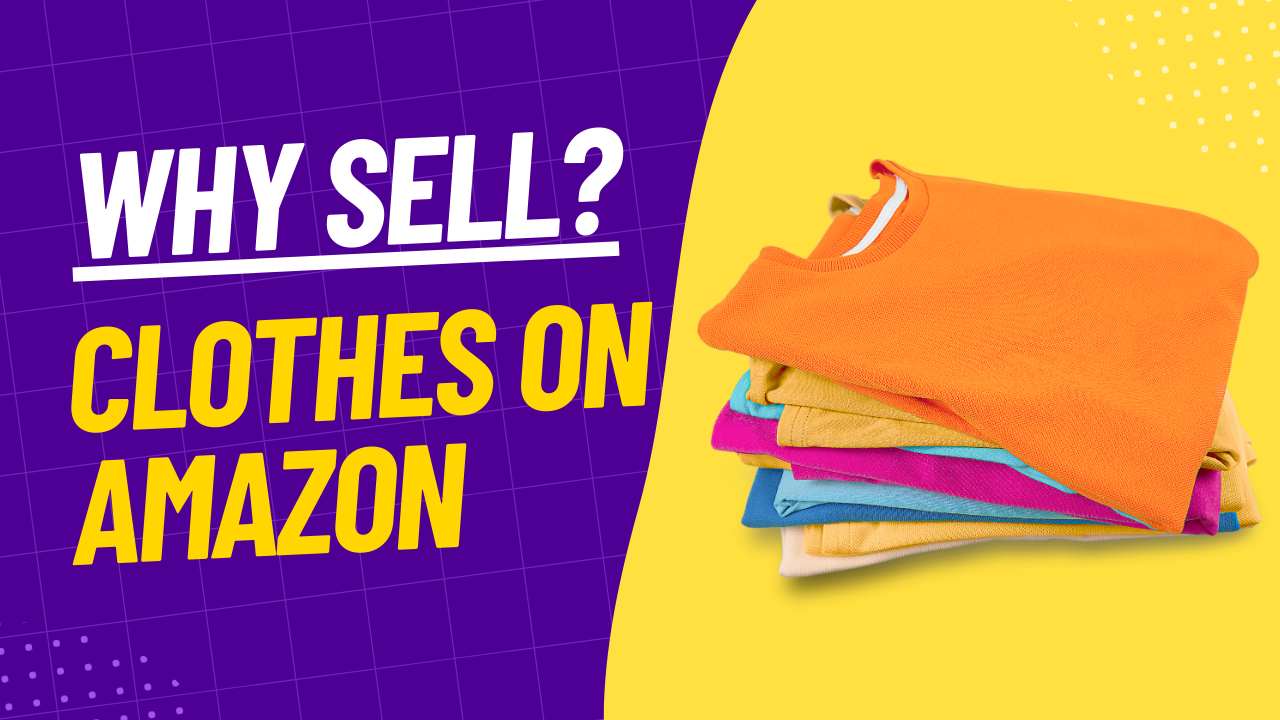
Amazon is the largest online marketplace in the world, with millions of customers shopping on the platform every day. As a seller, you can leverage this massive customer base to increase sales and grow your business.
Selling clothes on Amazon can be incredibly profitable because clothing is a popular category among Amazon customers. Additionally, Amazon offers a range of tools and services that can help you streamline your business operations and improve your sales.
For example, you can use Amazon’s Fulfillment by Amazon (FBA) service to store, pack, and ship your products directly to customers. This can save you time and money on fulfillment logistics, allowing you to focus on growing your business.
Step By Step Guide to selling Clothes on Amazon – Beginners Guide

Here is a guide for beginners on how to sell clothes on Amazon. It includes step-by-step instructions on creating an Amazon seller account, listing products, and managing orders.
It also provides tips on optimizing listings and maximizing sales.
Whether you’re starting a new business or looking to expand your existing one, this guide can help you navigate selling clothes on Amazon.
Conducting Research – The Key to Success in Selling Clothes on Amazon
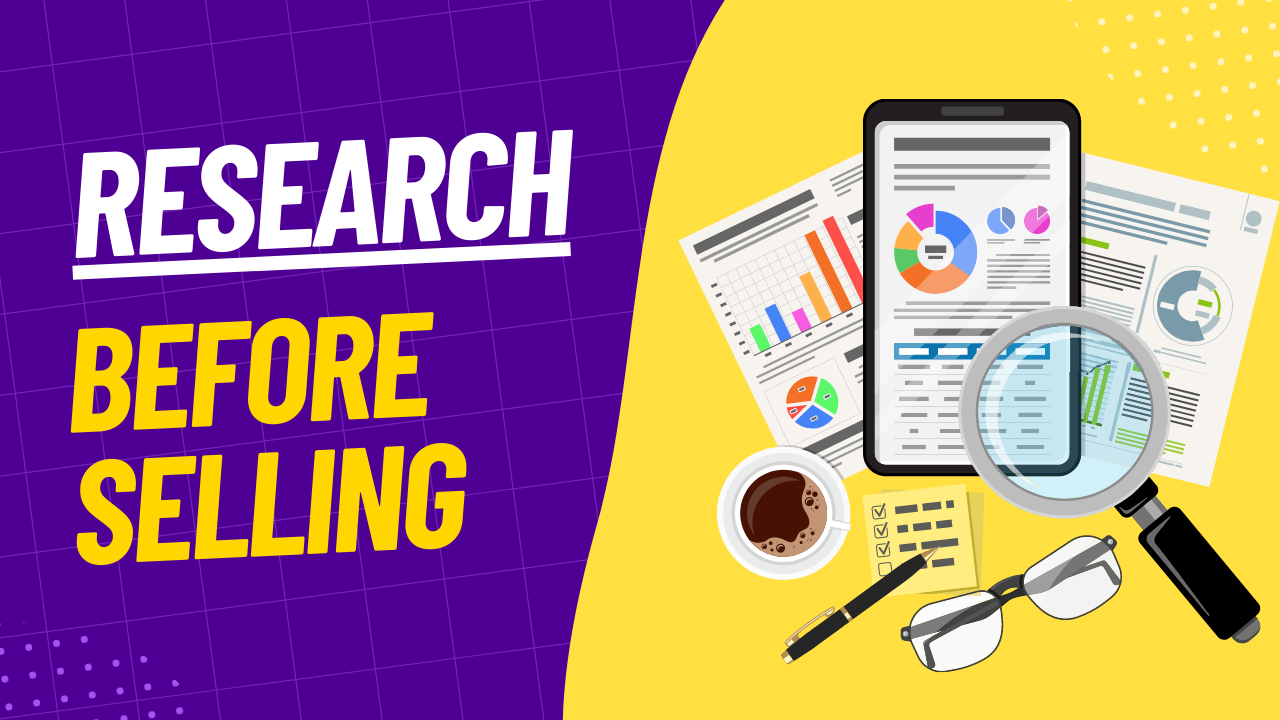
When it comes to selling clothes on Amazon, conducting research is crucial. Researching before selling your products can help you understand the market demand, analyze the competition, and identify the most profitable niches.
There are multiple research methods, but here are the most used and recommended methods before selling on amazon.
- Researching Clothing Trends and Demand on Amazon
One of the best ways to research clothing trends and demand on Amazon is to use the platform’s search bar. Type in relevant keywords related to the clothing products you want to sell and take note of the top results. This will give you an idea of what products are popular and in demand.
You can also use tools like Jungle Scout or Helium 10 to conduct more in-depth research on clothing trends and demand on Amazon. These tools allow you to analyze the search volume, sales volume, and competition of specific products and niches.
You can also use google trends to check the trend of specific niches or products.
b. Researching Your Competition on Amazon
Analyzing your competition is essential to determine what products are already selling well and how you can differentiate yourself. To research your competition on Amazon, type in relevant keywords related to your products and analyze the top sellers. Look at their product listings, pricing, and customer reviews to determine what works well and what you can improve.
You can also use tools like Jungle Scout or Helium 10 to analyze your competition and identify profitable niches. These tools allow you to see how many sellers offer similar products, how much they sell for, and what their reviews and ratings are.
In conclusion, researching before selling clothes on Amazon is essential for success on the platform. Researching clothing trends and demand on Amazon and analyzing your competition can help you identify profitable niches, optimize your product listings, and stand out from the crowd. By following these research tips, you can ensure that your online clothing business is a success.
Understanding Amazon’s Seller Fees and Policies
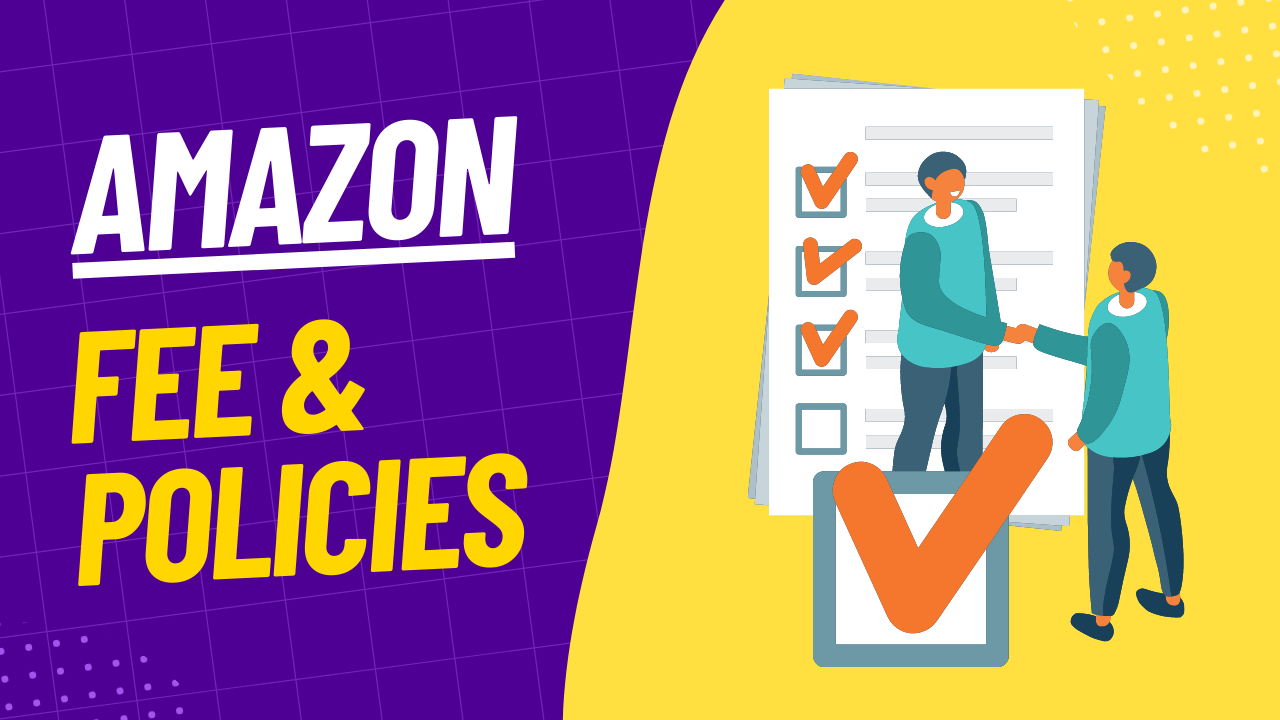
As an Amazon seller, you will be subject to various fees and policies you must understand before you start selling. Some of the critical costs and procedures to be aware of include the following:
- Referral fees: Amazon charges a referral fee for each item the seller sells on its platform. The cost varies by category, but for clothing, it is typically around 15% of the item’s sale price.
- Fulfillment fees: If you use Amazon’s FBA service, you will be charged a fulfillment fee for each item sold. The fee varies by size and weight, but for clothing, it is typically around $2-$3 per item. We recommend reading more about amazon selling fees here.
Amazon policies: Amazon has strict guidelines around product quality, customer service, and other aspects of selling on its platform. To avoid account suspension or other penalties, you must be familiar with these policies. You can read more about amazon selling policies here.
Setting up Your Account on Amazon
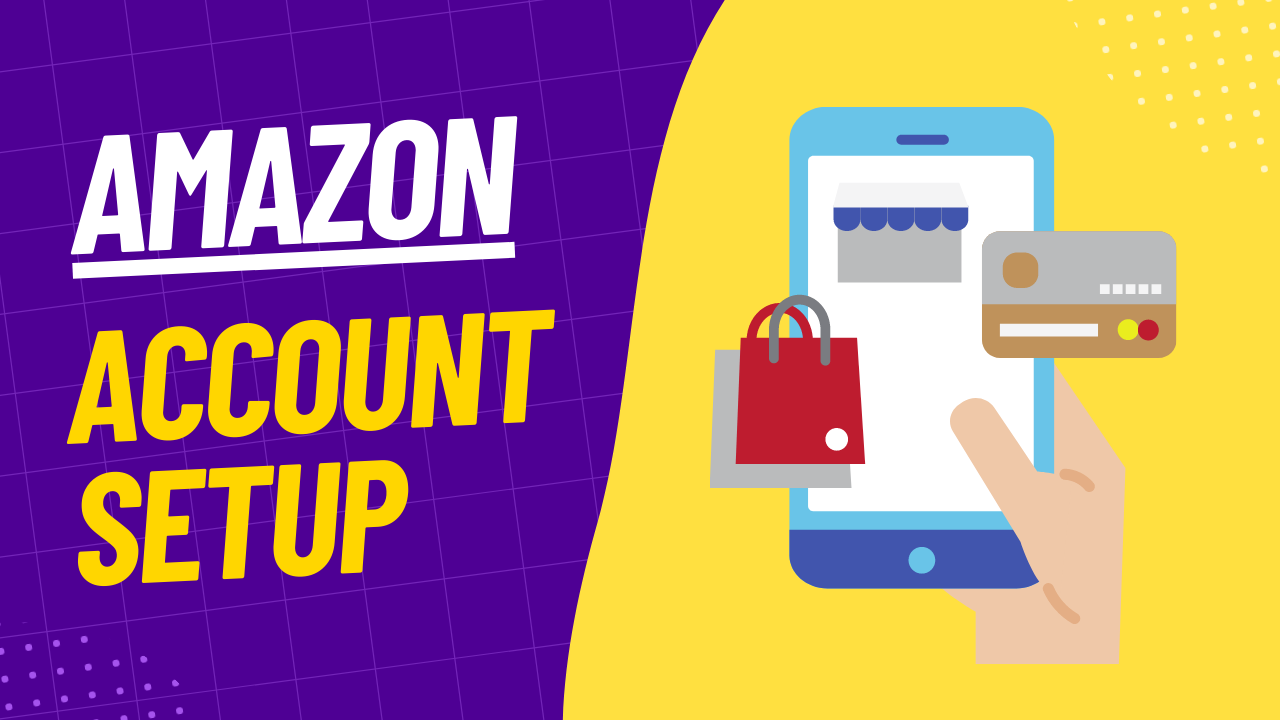
Creating a seller account on Amazon is straightforward. You can choose between an individual or professional seller account.
An individual account is free but has a limited number of monthly listings, while a professional version costs $39.99 per month and allows unlimited listings. Once you have set up your account, you can start listing your products.
Before you can start selling clothes on Amazon, you need to create an Amazon seller account. The process is straightforward and can be completed in a few simple steps:
● Go to the Amazon Seller Central website and click “Register Now.”
● Follow the prompts to enter your personal and business information.
● Verify your email address and set up your payment and bank account information.
● Complete the tax interview and provide any additional documentation requested by Amazon.
Once you have completed these steps, you can start listing and selling your products on Amazon.
Listing Products on Amazon
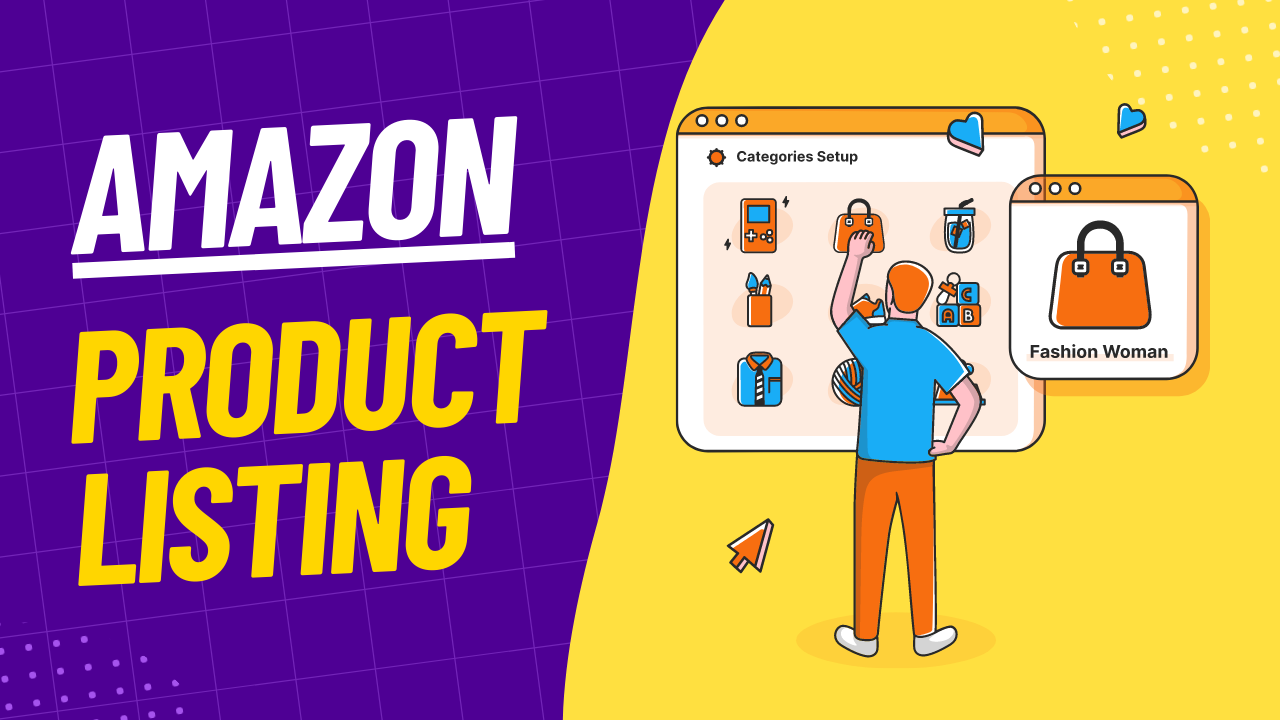
Congratulations! Now after completing all the above steps, it’s time to list your first product. To list your products on Amazon, you need to create a product listing. A product listing is a detailed description of your product, including its title, description, images, and price.
It is essential to create a compelling product listing that highlights the features and benefits of your product. Use high-quality images and write concise descriptions that include relevant keywords.
To sell clothes on Amazon, you must create product listings that accurately describe your products and make them appealing to customers. Some extra tips for creating compelling product listings include:
● Use high-quality photos: Your product photos should be clear, well-lit, and show your products from multiple angles.
● Write detailed descriptions: Your product descriptions should be precise and accurate, including information about the material, sizing, and care instructions.
● Use bullet points: Bullet points can help break up your product descriptions and make them easier to read.
● Include keywords: Use relevant keywords in your product titles and descriptions to help your listings appear in search results.
SEO – Optimizing Your Product Listings for Search

SEO stands for search engine optimization, which is essential for optimizing your product listings on Amazon. To optimize your product listings, you need to conduct keyword research and include relevant keywords in your product titles and descriptions.
You can also use Amazon’s keyword tool to find popular keywords people are searching for. It is essential to use relevant keywords that accurately describe your product.
Optimizing your product listings for search is essential for ensuring that your products appear in relevant search results on Amazon. Some tips for optimizing your listings include:
● Use relevant keywords: Use relevant keywords in your product titles, bullet points, and descriptions to increase your chances of appearing in relevant search results.
● Optimize your product titles: Your product titles should be concise and descriptive, including relevant keywords and key product features.
● Use high-quality images: Use high-quality images that show your products from multiple angles and accurately represent their colors and textures.
● Include size and color variations: If you offer multiple sizes or colors of your products, include this information in your listings to make it easier for customers to find what they want.
● Utilize Amazon’s Enhanced Brand Content: Enhanced Brand Content allows you to create more visually appealing product listings highlighting key product features, benefits, and lifestyle imagery.
Using Amazon Advertising to Promote Your Listings

Amazon offers various advertising options to help promote your products, including sponsored and display ads. Sponsored ads appear at the top of search results and are pay-per-click ads. Display ads are banner ads that appear on Amazon’s product detail pages. It is also essential to use social media to promote your products and increase your brand awareness.
As there are many options to consider while promoting listings, here are some of them you should know about.
● Sponsored Products: Sponsored Products allow you to promote your products in search results and product detail pages, increasing visibility and sales.
● Sponsored Brands: Sponsored Brands allow you to promote your brand and multiple products simultaneously, increasing brand recognition and driving traffic to your product listings.
● Display Ads: Display Ads allow you to advertise your products on and off Amazon, increasing brand awareness and driving sales.
When using Amazon Advertising, targeting the right keywords and audiences is essential to ensure that your ads are reaching the right customers.
Amazon Inventory Management & Pricing
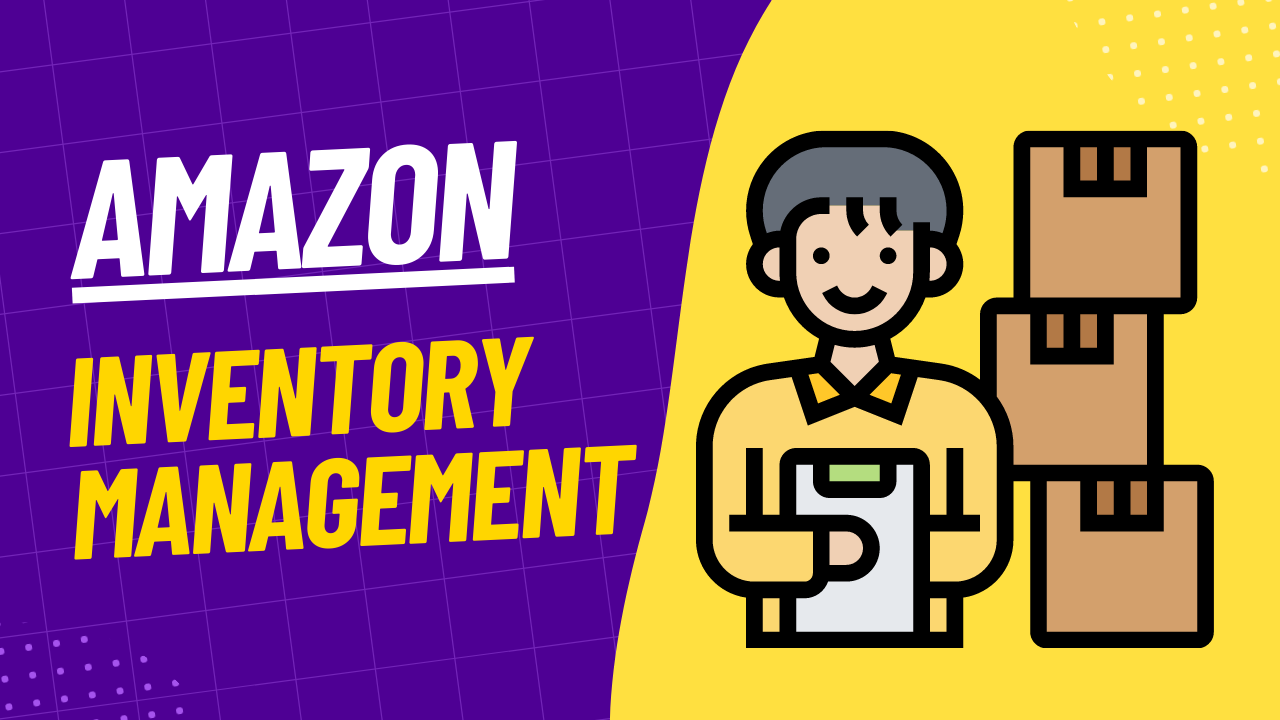
Different fulfillment options are available on Amazon, including Fulfillment by Amazon (FBA) and Fulfillment by Merchant (FBM). FBA is a popular choice among clothing sellers as Amazon handles the shipping, handling, and customer service for you.
Ensuring that your products are packaged correctly and shipped on time is essential to maintain good customer feedback. Managing your inventory and pricing is critical for ensuring you can meet customer demand while maintaining profitability. Here are some tips that include managing your list and pricing:
● Monitor your inventory levels: Regularly monitor your inventory levels to ensure you have enough stock to meet customer demand.
● Adjust your pricing: Use tools like Amazon’s Buy Box to monitor and adjust your pricing as needed to stay competitive in the marketplace.
● Consider using Amazon’s pricing tools: Amazon offers a range of pricing tools, such as Automated Pricing and Manage Your Experiments, that can help you optimize your pricing strategy and increase sales.
Handling Customer Service and Returns

When running a successful business, customer service and returns are two critical components that can make or break your reputation. This section will discuss some tips for handling customer service and returns effectively to ensure customer satisfaction and maintain a good reputation.
Handling Customer Service
Excellent customer service is crucial for building a good reputation and satisfying customers. Here are some tips for handling customer service effectively:
● Be responsive: Respond to customer inquiries promptly and always provide a helpful and professional response.
● Stay polite and professional: Always remain courteous and professional even if the customer is upset or angry.
● Offer solutions: Provide solutions or alternatives to resolve the customer’s issue and ensure they are satisfied with the outcome.
● Follow up: Follow up with the customer after resolving the issue to ensure they are satisfied and address any additional concerns.
Handling Returns
Returns are inevitable in any business, but handling them effectively can minimize their impact on your reputation and bottom line. Here are some tips for taking returns:
● Have a clear returns policy: Make sure your returns policy is clear and easy to understand for your customers.
● Make the process easy: Ensure that the returns process is easy for your customers, and provide clear instructions on returning the product.
● Inspect returned items: Inspect all returned items to ensure they are in good condition and can be resold.
● Issue refunds promptly: Process refunds promptly and communicate with the customer throughout the process to keep them informed.
● Respond promptly to customer inquiries: Respond to customer inquiries and issues promptly to build trust and loyalty with your customers.
● Offer a generous return policy: Offer an excellent return policy to make it easy for customers to return products they are not satisfied with.
● Utilize Amazon’s return tools: Amazon offers a range of tools and services, such as the Amazon Returnless Refunds program, that can help you streamline your returns process and reduce the number of returns you receive.
Leveraging Customer Feedback and Reviews

Customer feedback and reviews can provide valuable insights into how customers perceive your products and help you improve your listings and increase sales. Some tips for leveraging customer feedback and reviews include:
● Monitor your customer feedback and reviews: Regularly monitor your customer feedback and reviews to identify areas for improvement and address any issues or concerns.
● Respond to customer reviews: Respond to positive and negative reviews to show that you value customer feedback and are committed to providing excellent service.
● Use customer feedback to improve your listings: Use customer feedback and reviews to identify areas where you can improve your listings, such as product descriptions or images.
Best Practices for Selling Clothes on Amazon
To succeed on amazon, being a new seller or brand, there are some best practices to follow to achieve success. These tips will help you to grow by following the best practices.
● Offer a wide variety of sizes and colors: Offering a wide variety of sizes and colors can help you appeal to a broader range of customers and increase your sales.
● Use high-quality materials: Use comfortable and durable materials to help build customer loyalty and positive reviews.
● Stay up to date with fashion trends: Stay up to date with fashion trends and adjust your product offerings accordingly to stay relevant in the marketplace.
● Take advantage of Amazon’s promotions and deals: Take advantage of Amazon’s promotions and deals, such as Lightning Deals and Deal of the Day, to increase visibility and sales.
● Provide excellent customer service: Providing excellent customer service can help you build a positive reputation and increase customer loyalty and repeat business.
Staying Competitive in the Marketplace
Staying competitive in the Amazon marketplace can be challenging, but you can use a few strategies to increase your chances of success.
● Monitor your competitors: Regularly monitor your competitors’ prices and product offerings to stay competitive.
● Differentiate your products: Differentiate your products from your competitors by offering unique features or designs.
● Utilize Amazon’s feedback and review system: Use Amazon’s feedback and review system to identify areas for improvement and differentiate yourself from your competitors.
● Use Amazon’s advertising options: Use Amazon’s advertising options to increase visibility and sales and stay competitive in the marketplace.
Conclusion
Selling clothes on Amazon can be profitable, but it requires careful planning and execution. Following the strategies outlined in this guide, you can set up a successful clothing business on Amazon and tap into its vast customer base. Remember to stay updated with Amazon’s policies and best practices and continually optimize your listings to keep competitive in the marketplace.
Author & Creator by Dean Masalta
You don’t have to do it alone. We have a full-service Amazon growth team that can help you take advantage
of everything the retail giant offers its sellers.
